It’s been more than 26 months since Papae Ethnic Karen Village was closed due to Covid. 26 long months. But on June 1st, 2022, as the Thai government finally lifted onerous Covid-driven tourism entrance requirements and as the village members themselves recovered from a widespread outbreak of covid infection, the Village Elders again formally agreed to welcome “Others” back to the village. Others basically means anyone who wasn't born or isn't married into the village. We were lucky to be invited back as visitors to continue the work we had begun before Covid.
PaPae Ethnic Karen Village sits high on the mountain top, 1200m above sea level, completely surrounded by National Park. The Village has some 200 permanent indigenous Karen members, most of whom were born there. Who are the Karen? They're a distinct racial and ethnic group - in excess of 5 million people - who have no official, internationally recognized land. Karen State today is controlled by volunteer armies and remains an active conflict zone against the Burmese military Junta. The Karen people of PaPae Village have sought safe haven in Northern Thailand over more than 70 years of civil war in Burma.
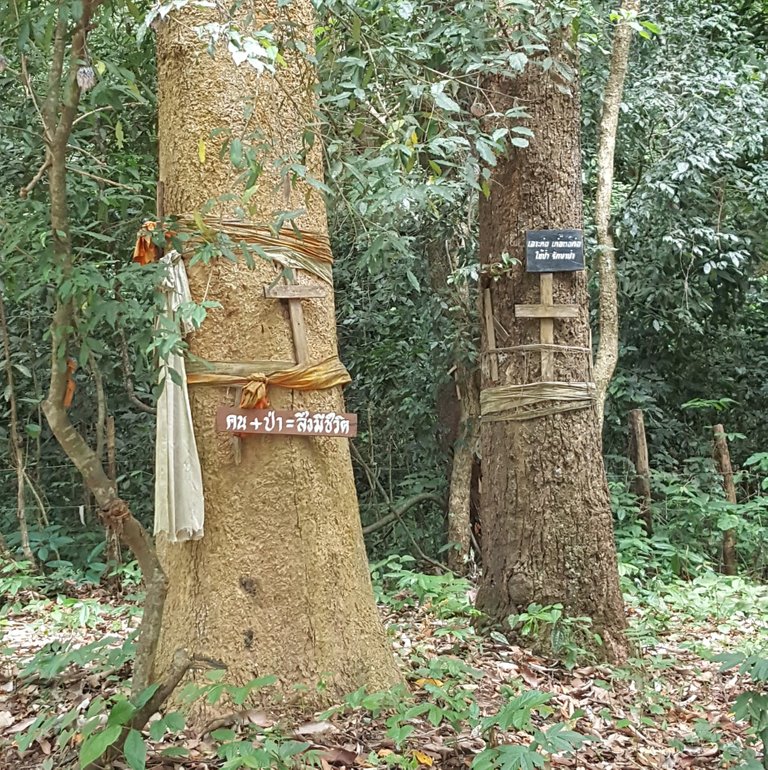
This shrine on the edge of the village is where new parents bury the umbilicus of new babies born to the village community, so the spirits of the land will recognize and remember, welcome and protect them always. Since some of the villages have become Christianized by unrelenting American missionaries, the Shine now happily (in the true animist spirit of the original Karen people) now accommodates the Christian cross too.
The Karen villagers work in harmony with national park authorities to live in the traditional way as custodians of the forest. But, being as remote as they are, they have issues with securing the money to buy those few modern things the mountain can’t provide: petrol for their dirt bikes, tools, the satellite dish and solar panels that enable the community to have access to internet, fire fighting gear for the hot-dry-season, vehicles that enable people access to the small local hospital and the high school, some 30-40 kilometers down a 4x4 only, narrow and very steep access road. Most of their food is grown on the mountain, using traditional rotational farming methods, and the village usually has a small surplus of rice. They keep a few Brahmin cattle and chickens, there are fish and land crabs locally in the wet season, and the mountain yields an absolute abundance of honey, greens, herbs, vegetables and fruits.
My Thai herbal business, Pure Thai Natural Co Ltd has begun to purchase natural organic beeswax from PaPae Village; we buy it literally warm from the Hive, after their amazing honey has been squeezed out by hand.
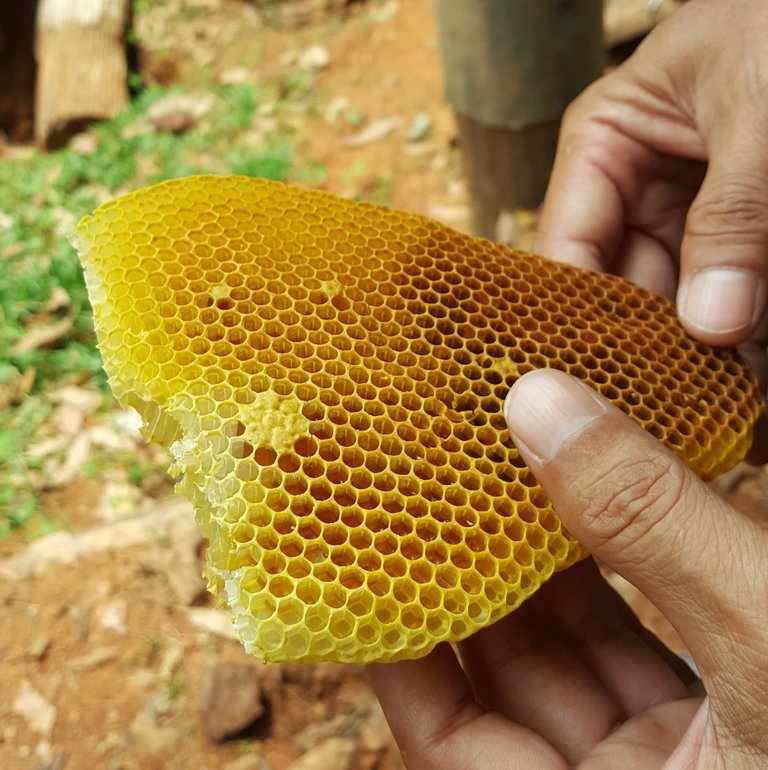
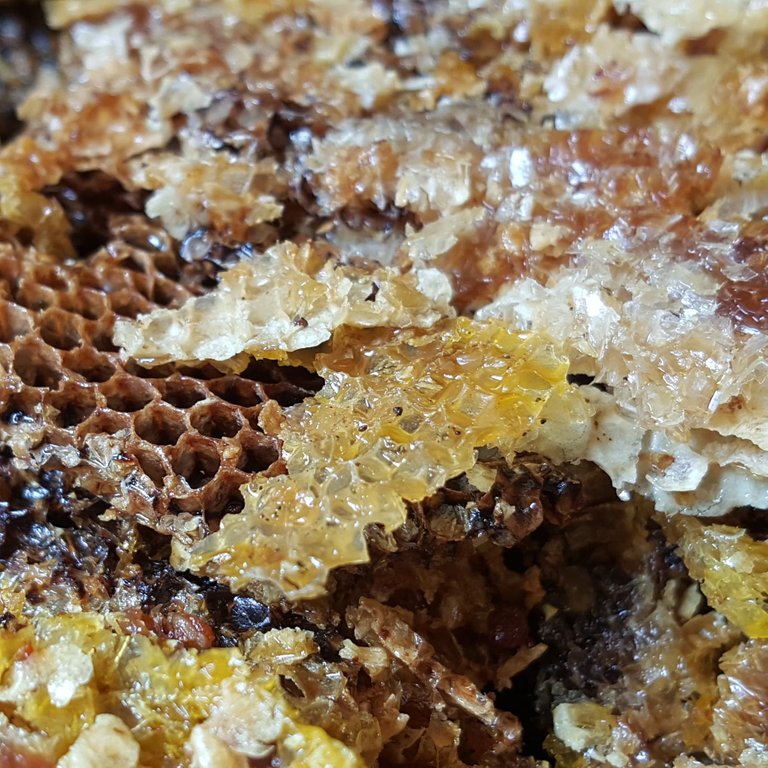
They have a unique way of encouraging natural Hives - more about that in another post - it's NOT your average box-rack system - far from it.
We're also beginning a collaboration with them to enable the careful and controlled cultivation of two herbs; Phlai (Zingiber montanum) which is indigenous to Thailand and Vetiver (Chrysopogon zizanioides) which has become so common here now it might as well be indigenous.
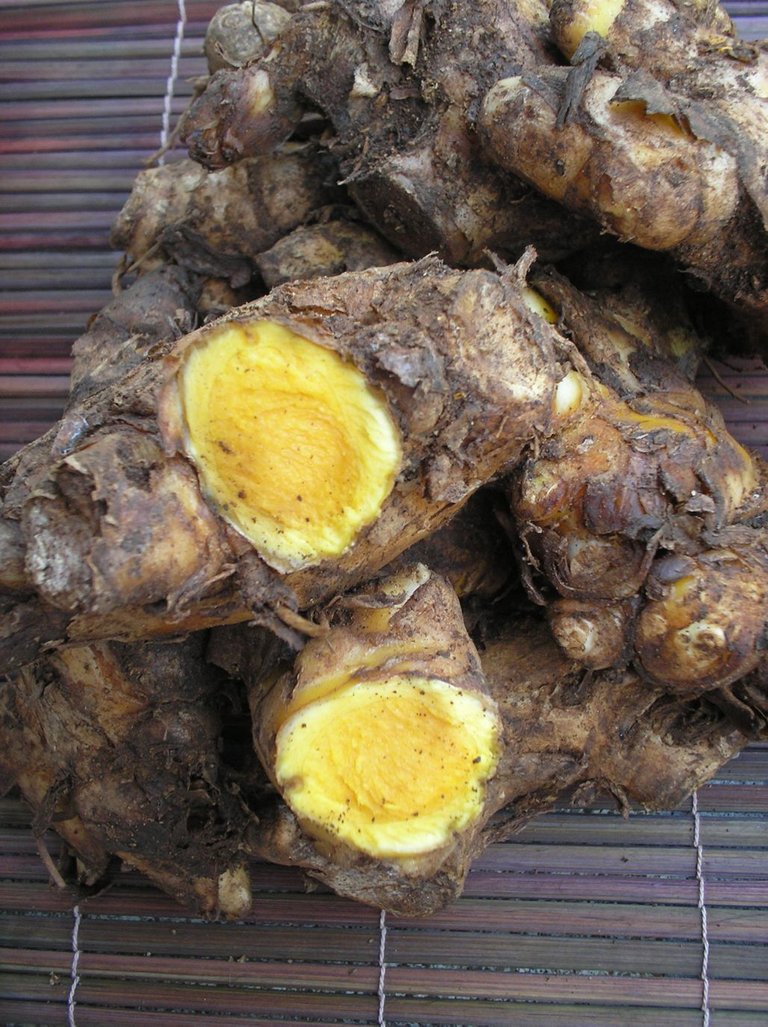 Phlai Root - Chinese Yellow Ginger
Phlai Root - Chinese Yellow Ginger
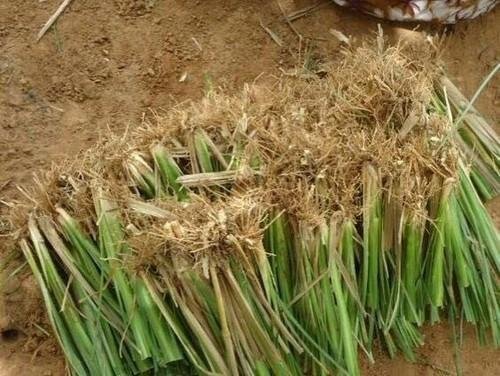
Although planted in Thailand primarily for erosion control on steep mountainsides, vetiver is a sought after perfume agent and yields a thick, dark oil from its roots reminiscent of sandalwood.
The two herbal cash crops will yield enough money to keep the village from the lowest rungs of poverty, and enable the young people to therefore make the choice to stay in the village and on the mountain; without that, most of them would eventually choose to leave for base level employment in the Thai cities and their unique facet of Karen culture would be lost forever.
PaPae Village sits 20km UP a steep, very narrow 4x4 road above the Thai district of Baan Hong in Lamphun Province. Once you get to the village, the houses are spread throughout the forest over many kilometers, and there is a sense of deep quiet and profoundly nourishing sustainability. The forest is divided into sections: some parts near the stream have been cut into rice growing terraces where frogs and fish can also be raised during the monsoonal wet. There are small sections where (after permission from the national park authority) certain trees can be felled for lumber for housing. There is a small dam for water in case of forest fire. The area designated for our herbal project, after consultation with the village elders, sits some 5kms away from the general village area and needed a convoy of dirt bikes on narrow forest tracks that were deeply rutted and steep in places. LOL… wasn’t the average day in the office, that’s for sure.
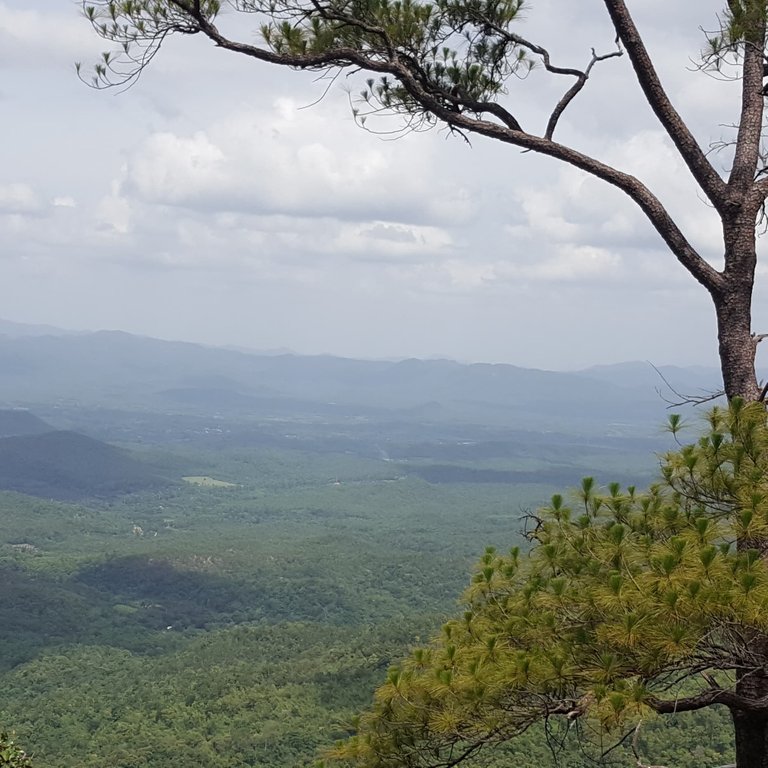
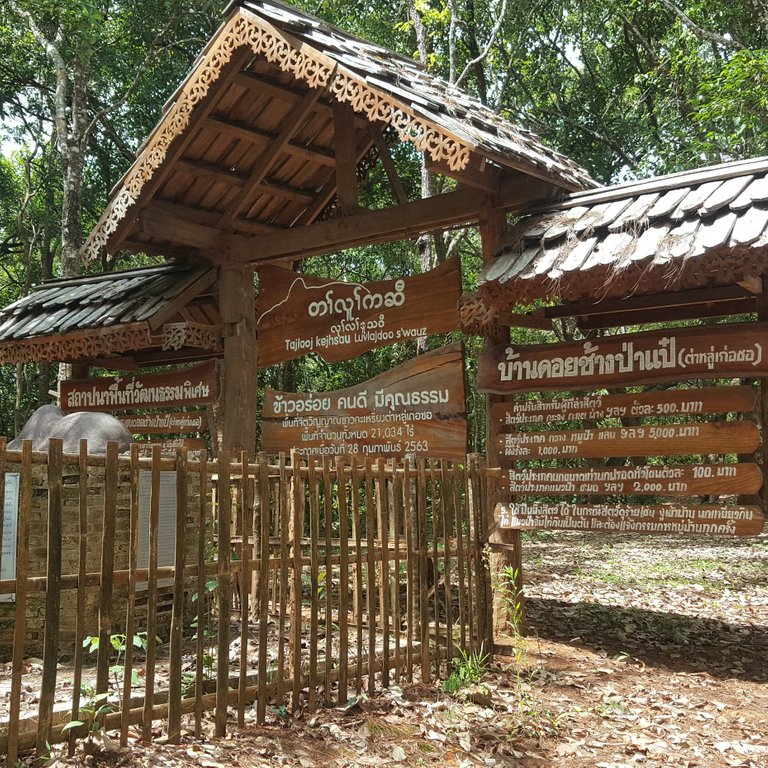
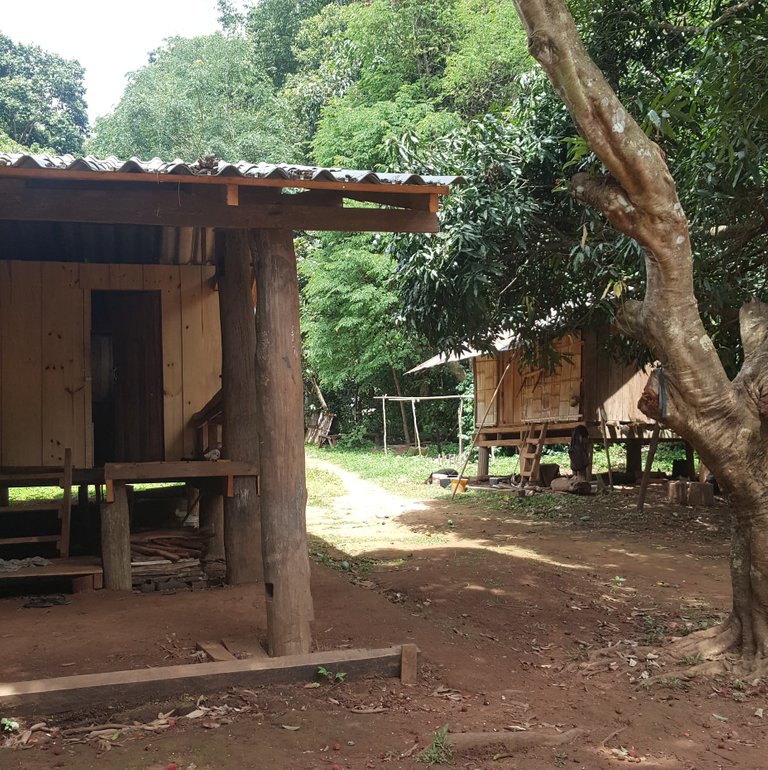

PaPae Village is an incredibly important place: it’s where we’re trying to preserve culture in a rapidly changing world, at the same time that we protect the forest and generate new models of fair-trade, sustainable, small-scale organic employment. You can’t decide to simply GO there, but need to be invited in, by the community, and there’s nothing to see or do there that is “public”, per se. It’s a community of indigenous villagers, living naturally, simply and co-operatively in a traditional, indigenous way. The members of PaPae Village are cultural and forest custodians, seeking to create and model new ways of living and Being. Most of the Villagers speak a local Karen dialect and some speak Northern Thai, but English is seriously minimal.
Why did I choose to tell the story about our return to PaPae Village and plonk it on the @pinmapple map, if it's oh-so obviously a place you CAN'T simply drop in to for tourism? There’s nothing to buy or do there, per se, unless you’re personally invited. But it’s a wild and rough place, breath-takingly beautiful, and we all should know these places exist, and know where they are.
It IS possible to visit if you have serious purpose and a local guide who can manage the language (yes, that would be me! 😆), and so @riverflows, you should start your trip planning - @theherbalhive could start a series of downloadable ebooks about indigenous Herbs of the World. 🌿 If you want to keep up to date with what we're doing in PaPae Village, be sure to subscribe to @theherbalhive community.
I look forward to sharing more of our PaPae stories, about the herbs and plants we enjoy and encourage and find in that magical place, and about the collaboration of indigenous Karen culture with sustainable social enterprise.
Hopeful & Grateful.


Get Your FREE Hive Account
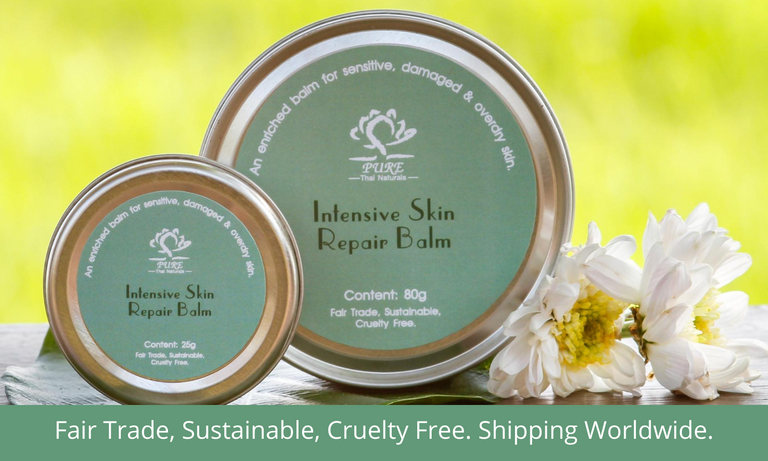

Extraordinary you are finally back in there. What an incredible place and how amazing you are able to partner with them of sorts for mutual benefit.
Really interested in the hives. Was reading about a particular sort of natural bee keeping the other day and wonder if it's similiar. The shape of that honeycomb suggests so.
I've been thinking a lot about bees the last months - partly as demand rises for our beeswax balms and partly as I listen to the Australian varroa mite saga. Thailand HAS varroa mite and manages just fine. WHY? Cos we don't rely on just one imported bee species. WE have SOOOO MANY native bees here!! The Karen hives in the forest are amazing - created in Hollowed out logs. I do look forward to posting about them soon.
This is just one of the villages we've started working with.... in a network across the mountains along the border.
What I never expected was just how SIMPLY HAPPY this part of our work would make me.
They do say work of this kind is far more rewarding than any other
.
Yes there's big debate here about that for sure. Hopefully this mite will have a silver lining and force new ways to shepherd bees. Beeherd?
Vic just brought in a thing where we have to register even one hive. Haven't done it yet, that pisses me off.
I am slightly incredulous that Australia has built so many industries (almonds, stone fruit etc) on NON-NATIVE IMPORTED honeybees as the primary pollinator.... it was always just a matter of time. We DO need to pedal back to lower yields and less intense methods of farming, using diverse pollinators. The whole orchard mono-cropping thing where you have to truck the bees in is totally unsustainable.
Oh come on you are not suprised, it's Australia.. we are backward as anything... 😂
Congratulations, your post has been added to Pinmapple! 🎉🥳🍍
Did you know you have your own profile map?
And every post has their own map too!
Want to have your post on the map too?
Your content has been voted as a part of Encouragement program. Keep up the good work!
Use Ecency daily to boost your growth on platform!
Support Ecency
Vote for new Proposal
Delegate HP and earn more